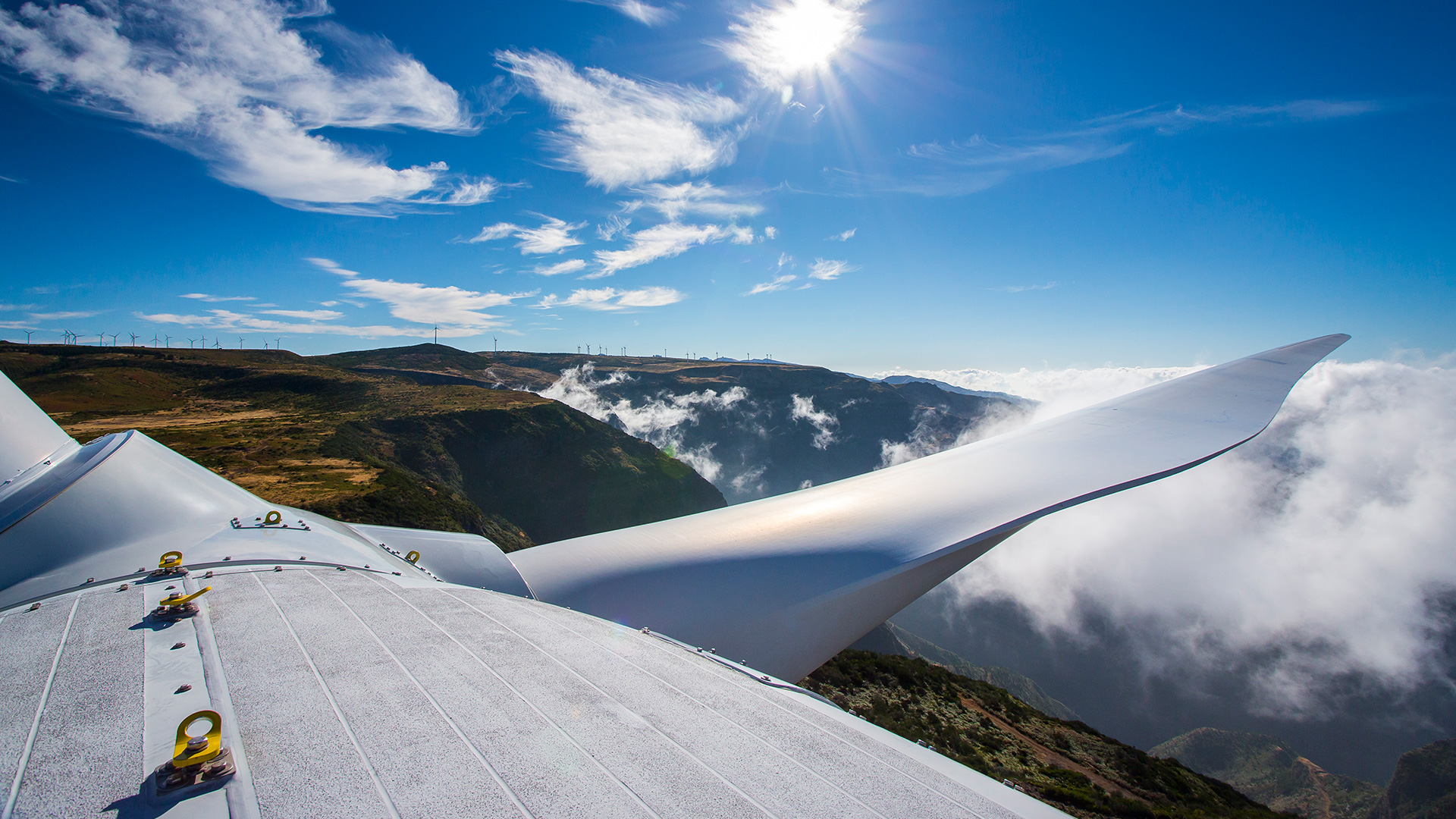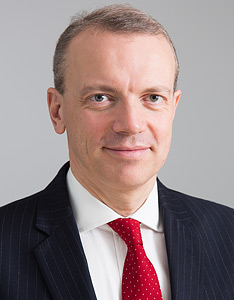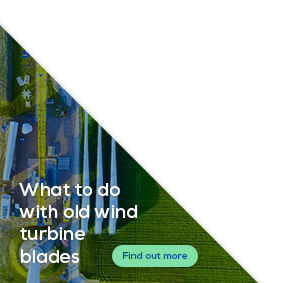Brussels Brief
Brussels Brief February 2017

9 February 2017

Giles Dickson
CEO foreword
We begin 2017 with some encouraging storylines and numbers. The total new wind installations for 2016 across Europe came out at 12.5 GW, only slightly down on 2015. That brings the EU’s total capacity to 153.7 GW. 10.9 GW were onshore, and 1.6 GW offshore. At the same time investment decisions in new wind farms totalled a record €27.5 billion largely driven by offshore wind at €18 billion.
The investment numbers for 2016 look good. But it doesn’t offset the uncertainty that wind energy is facing after 2020. European countries need to deliver national action plans on how they are going to collectively meet the EU’s 2030 renewables target. Currently, only 7 of the 28 Member States have provided any detail. This is not good enough. We need a robust European market to keep reducing costs and retain the global competitiveness of the European wind industry. And we need clear visibility of future market volumes and whatever schemes and regulation are going to help deliver them. E.g. for offshore wind we need at least 4 GW a year for costs to continue to fall – so far governments have committed to only 2.7 GW a year beyond 2020.
This year we will see a major expansion in tenders for onshore wind. Germany will auction 2.8GW capacity. There should also be auctions in Spain, France and elsewhere. In many ways 2017 will be the year where wind transition out of feed-in-tariffs for new projects and into auctions.
So there’ll be a lot of eyes on what is happening at national level. Also at national level it’s the year when EU countries have to start preparing their national energy plans for 2030 under the EU’s new Clean Energy Package. And it’s the year when EU Member States also negotiate – and we hope agree – the detail of the EU’s 2030 Clean Energy Package in the Council of Ministers in Brussels.
We have released our annual statistics today and we would encourage you all to circulate the numbers in your networks and echo our messages in your respective markets.
 We have also developed a new IT platform to help our advocacy efforts in 2017. It’s a new “Daily Wind Power Numbers” tool which we launched yesterday with European Commission Vice-President Maroš Šefčovič at an event in Brussels. This new digital platform will inform policy makers, stakeholders and citizens every day on how much wind energy was generated the previous day. It will show the figures by country too and the hourly power generation mix in each country for all fuels and technologies. mix. It will also record daily capacity factors.
We have also developed a new IT platform to help our advocacy efforts in 2017. It’s a new “Daily Wind Power Numbers” tool which we launched yesterday with European Commission Vice-President Maroš Šefčovič at an event in Brussels. This new digital platform will inform policy makers, stakeholders and citizens every day on how much wind energy was generated the previous day. It will show the figures by country too and the hourly power generation mix in each country for all fuels and technologies. mix. It will also record daily capacity factors.
The platform will be a powerful new information tool for us. We will make extensive use of it in our advocacy and wider communications. The data will be on our website every day. And many stakeholders have already asked to receive the data every day, e.g. the Commission, IEA, IRENA, media outlets.
The new daily wind platform will be crucial in communicating the reliability, security and economic benefits that wind energy can deliver to Europe and beyond. You can access the data every day at https://windeurope.org/dailywind. Join in the activity online with the hashtag #DailyWind.
Spanish RES auction: high expectations for win(d)?

The Spanish government offered a bitter-sweet present to its renewable energy industry for Christmas. A new auction round of up to 3 GW will be launched in the first semester of 2017. But it would be technology-neutral.
The announcement made by energy minister Alvaro Nadal on 14 December 2016 was interpreted by some as hope for the revival of the once thriving home market. The retroactive cuts of 2013 and the lack of incentive schemes since have put a halt to renewable energy deployment in the country.
Yet, the government’s move should be regarded as a precautionary measure against European sanctions. Spain needs at least 5.9 GW of renewable energy capacity if it is to comply with its binding 2020 renewable energy target. Failure to do so will require the European Commission to launch an infringement procedure for non-compliance with EU rules that could result in significant fines for the country.
The challenge is significant considering that a mere 50 MW have being installed in the last 3 years whilst approximately 2.5 GW of project pipeline are awaiting to be built. The outcome of the announced tender round and its ability to deliver the necessary volumes hinges upon the design features.
This is the clear lesson learnt from the 500 MW wind energy auction held in January 2016. A loose pre-qualification round and too many projects competing for too little capacity resulted in zero support levels. And in four winning projects none of which has started construction yet.
The Spanish government has a clear opportunity to offer a better auction design for its second attempt at auctioning renewables. WindEurope has actively engaged with the Spanish authorities to outline the European practice in tender design which largely relies on technology-specific tenders. They are the only way forward to provide a clear visibility on the upcoming volumes of installations for each technology and provide investor confidence.
As it stands, wind or solar have an equal chance of winning it all, or not winning at all. And this is a message that Spain, with its large wind industrial base, should not be making ahead of the upcoming discussions on a post-2020 European renewable energy framework. Because the European Commission has clearly acknowledged in its Clean Energy Package that a planned energy transition with a continuously increasing national shares of renewables is the way forward for Europe.
Members’ success
European offshore wind success in New York
Statoil won the rights to explore development of an offshore wind farm that would supply electricity to New York City and Long Island. In winning the bid for the 321 km2 site, an initial project could be as large as 600 MW and sit 30-60 km from shore.
The flow of European expertise crossing the Atlantic to help open up the US offshore wind markets will help spur growth in this new market where the first offshore wind farm was commissioned last summer at the 30 MW Block Island site.
Statoil already have considerable experience developing bottom-fixed sites, and are currently constructing Dudgeon in the UK with partners Masdar and Statkraft. In addition, the commissioning of the first floating commercial array in Scotland is highly anticipated this year as floating wind begins to come of age.
Grid Codes
Task Force on Grid codes celebrated its 10-year anniversary

2016 marked an important milestone for WindEurope in facilitating grid connection arrangements for wind power. The member-driven Task Force on Grid codes celebrated its 10-year anniversary. Since its creation in 2006, this group has gathered the expertise from manufacturers, developers and wind farm operators from across Europe.
Their initial objective was working towards the structural harmonisation of national grid codes, well before the EU launched the initiative on network codes. Since 2009 the task force has been actively involved in discussions with ENTSO-E, the European Commission and energy regulators in the making of the European Network code Requirement for Generators (COMMISSION REGULATION (EU) 2016/631).
To celebrate its 10 years anniversary, on December 14th, the task force visited the facilities of CORESO, the cross-border regional security centre for transmission system operators and had an informal dinner with members of the task force.
Upcoming WindEurope events:
- Resource Assessment 2017, 16-17 March 2017, EICC, Edinburgh, Scotland. Registration is now open.
- Offshore Wind Energy 2017, 6-8 June 2017, London, United Kingdom. Book your stand.
- WindEurope Conference & Exhibition 2017, 28-30 November 2017, Amsterdam, Netherlands. Call for abstracts closes: Sunday 18 June 2017.
- RE-Source 2017, 12 October 2017, Brussels, Belgium. Find out more.



